
How to Use YHDC Current Sensor - HSTS016L- 200A : Examples, Pinouts, and Specs
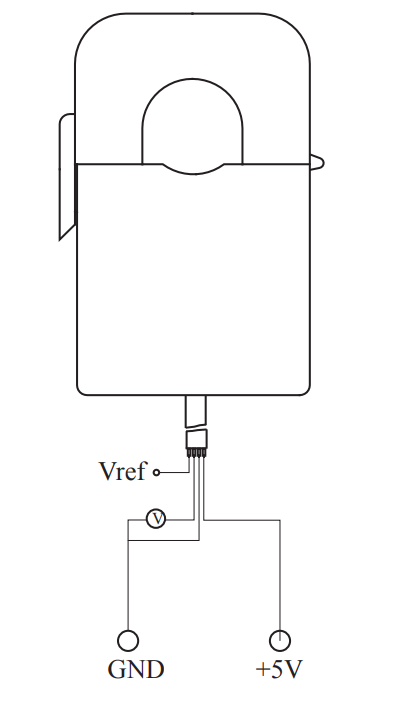
 Design with YHDC Current Sensor - HSTS016L- 200A in Cirkit Designer
Design with YHDC Current Sensor - HSTS016L- 200A in Cirkit DesignerIntroduction
The YHDC HSTS016L-200A is a high-precision Hall effect split-core current sensor designed to measure currents up to 200A. This sensor is ideal for applications requiring non-intrusive current measurement, such as power monitoring, renewable energy systems, electric vehicles, and industrial automation. Its split-core design allows for easy installation without disconnecting existing wiring, making it a versatile and user-friendly solution.
Explore Projects Built with YHDC Current Sensor - HSTS016L- 200A
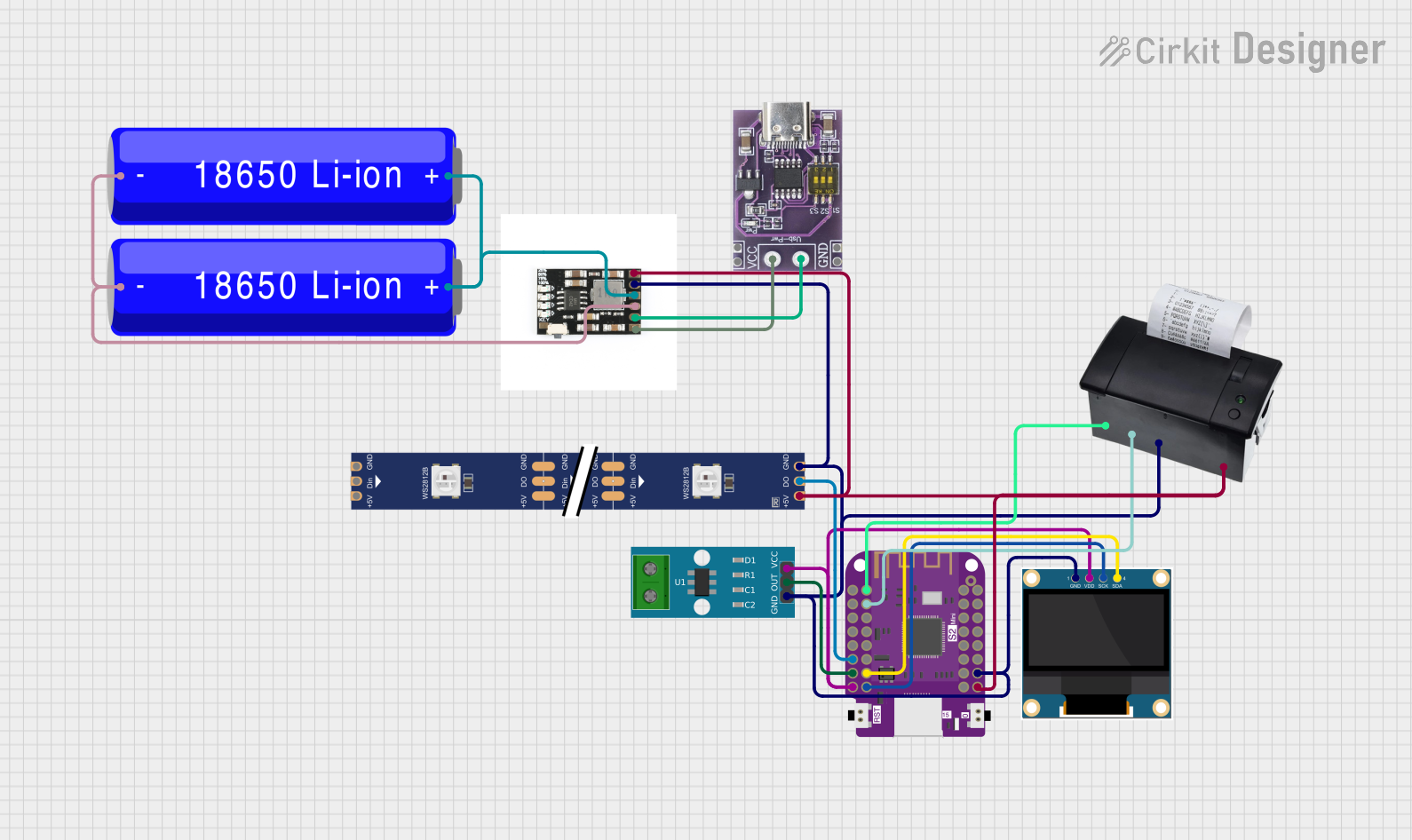
 Open Project in Cirkit Designer
Open Project in Cirkit Designer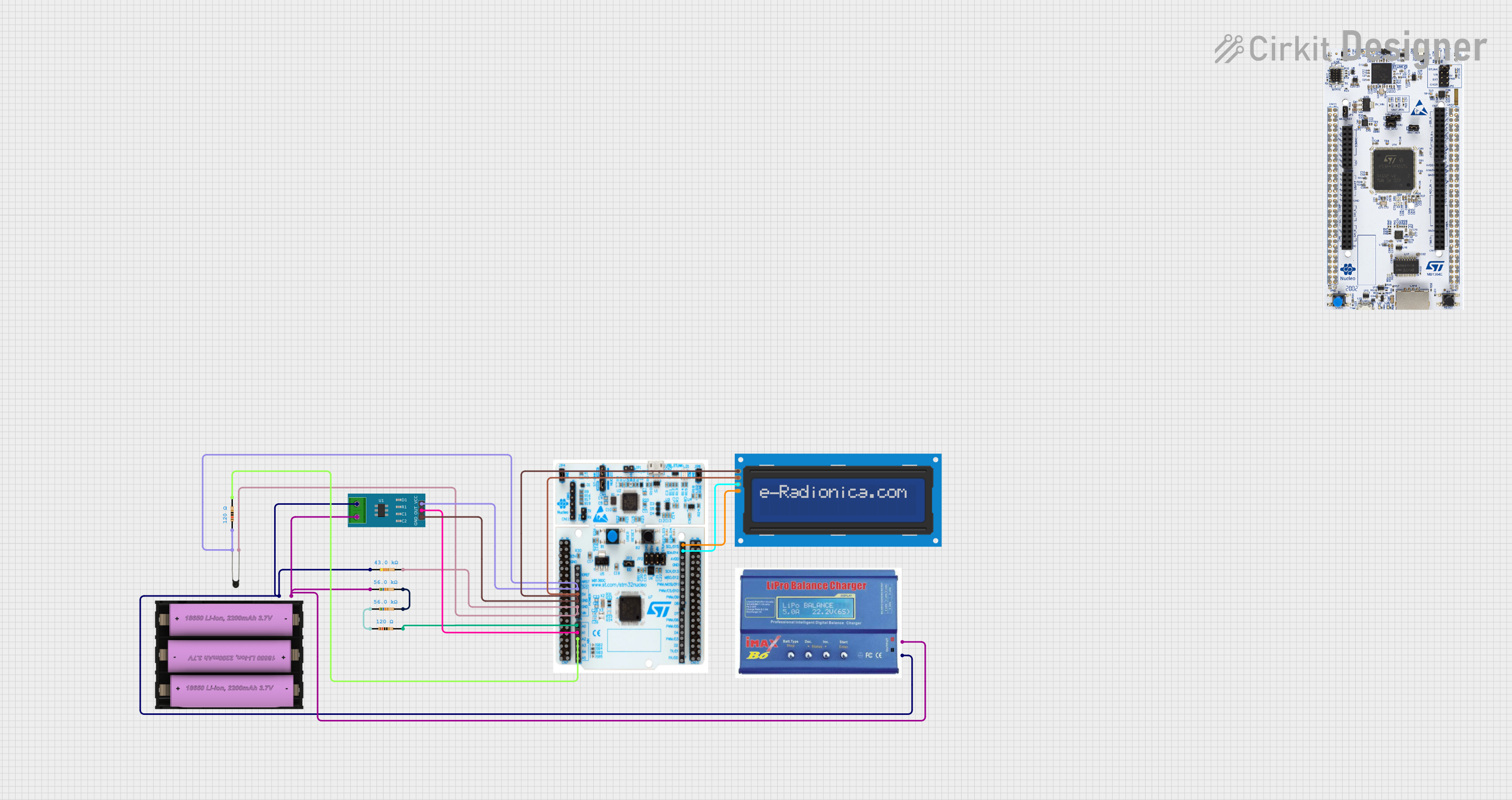
 Open Project in Cirkit Designer
Open Project in Cirkit Designer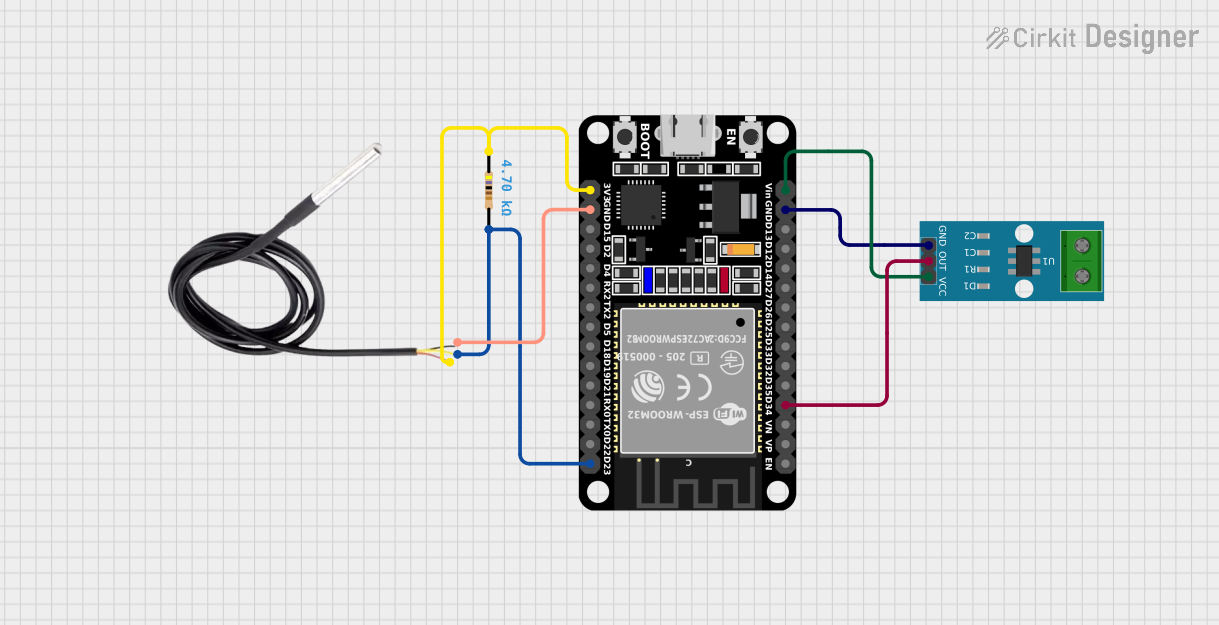
 Open Project in Cirkit Designer
Open Project in Cirkit Designer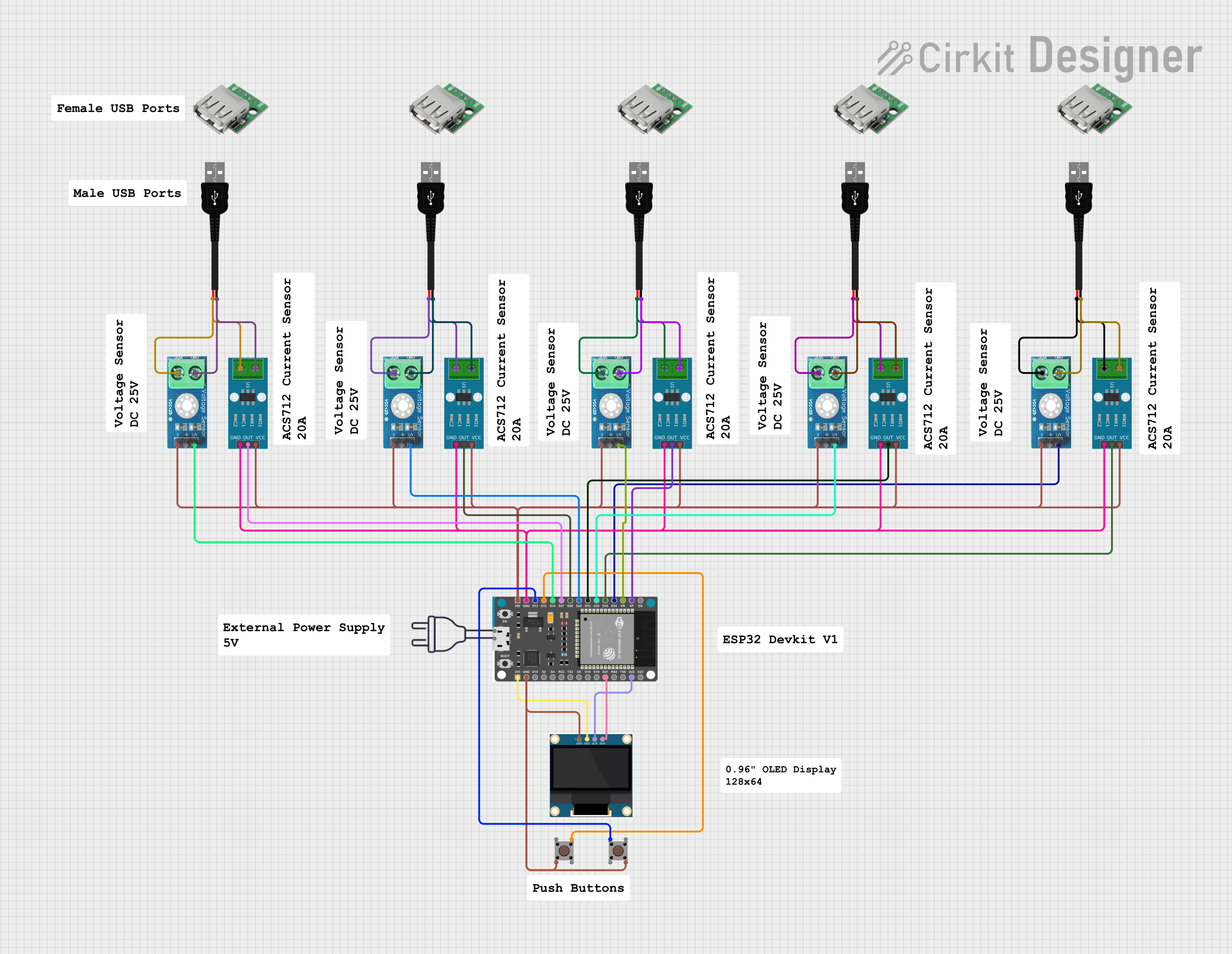
 Open Project in Cirkit Designer
Open Project in Cirkit DesignerExplore Projects Built with YHDC Current Sensor - HSTS016L- 200A

 Open Project in Cirkit Designer
Open Project in Cirkit Designer
 Open Project in Cirkit Designer
Open Project in Cirkit Designer
 Open Project in Cirkit Designer
Open Project in Cirkit Designer
 Open Project in Cirkit Designer
Open Project in Cirkit DesignerCommon Applications
- Power monitoring in residential, commercial, and industrial settings
- Renewable energy systems (e.g., solar inverters, wind turbines)
- Electric vehicle charging stations
- Industrial automation and motor control
- Overcurrent protection and fault detection
Technical Specifications
Below are the key technical details of the YHDC HSTS016L-200A current sensor:
| Parameter | Value |
|---|---|
| Manufacturer | YHDC |
| Part Number | HSTS016L |
| Measurement Range | 0A to 200A AC |
| Output Signal | 0V to 5V DC (proportional to input current) |
| Supply Voltage | 5V DC |
| Accuracy | ±1% |
| Operating Temperature | -25°C to +70°C |
| Core Type | Split-core |
| Isolation Voltage | 2.5kV |
| Dimensions | 50mm x 50mm x 20mm |
| Weight | 150g |
Pin Configuration and Descriptions
The HSTS016L-200A has a simple 3-pin interface for easy integration into circuits. The pinout is as follows:
| Pin | Name | Description |
|---|---|---|
| 1 | VCC | Power supply input (5V DC) |
| 2 | GND | Ground connection |
| 3 | VOUT | Analog output voltage proportional to measured current |
Usage Instructions
How to Use the HSTS016L-200A in a Circuit
- Power Supply: Connect the VCC pin to a stable 5V DC power source and the GND pin to the ground of your circuit.
- Current Measurement: Open the split-core clamp and place it around the conductor carrying the current to be measured. Ensure the conductor is centered within the core for optimal accuracy.
- Output Signal: The VOUT pin provides an analog voltage proportional to the current flowing through the conductor. This output can be read using an ADC (Analog-to-Digital Converter) on a microcontroller or data acquisition system.
Important Considerations
- Polarity: Ensure the current flow direction matches the sensor's orientation markings for accurate readings.
- Calibration: For precise measurements, calibrate the sensor by comparing its output with a known reference current.
- Noise Reduction: Use proper shielding and grounding techniques to minimize noise in the output signal.
- Maximum Current: Do not exceed the 200A maximum current rating to avoid damaging the sensor.
Example: Connecting to an Arduino UNO
The HSTS016L-200A can be easily interfaced with an Arduino UNO to measure current. Below is an example circuit and code:
Circuit Connections
- Connect the VCC pin of the sensor to the 5V pin on the Arduino.
- Connect the GND pin of the sensor to the GND pin on the Arduino.
- Connect the VOUT pin of the sensor to the A0 analog input pin on the Arduino.
Arduino Code
// YHDC HSTS016L-200A Current Sensor Example Code
// This code reads the sensor's output and calculates the current in amperes.
const int sensorPin = A0; // Analog pin connected to VOUT of the sensor
const float sensitivity = 0.025; // Sensitivity in volts per ampere (example: 0.025V/A)
const float vRef = 5.0; // Reference voltage of the Arduino (5V)
const int adcResolution = 1024; // ADC resolution (10-bit for Arduino UNO)
void setup() {
Serial.begin(9600); // Initialize serial communication
}
void loop() {
int sensorValue = analogRead(sensorPin); // Read the analog value from the sensor
float voltage = (sensorValue * vRef) / adcResolution; // Convert ADC value to voltage
float current = voltage / sensitivity; // Calculate current in amperes
// Print the current value to the Serial Monitor
Serial.print("Current: ");
Serial.print(current);
Serial.println(" A");
delay(1000); // Wait for 1 second before the next reading
}
Notes:
- Adjust the
sensitivityvalue in the code based on the sensor's datasheet or calibration results. - Ensure the Arduino's ADC reference voltage matches the actual supply voltage for accurate readings.
Troubleshooting and FAQs
Common Issues and Solutions
No Output Signal
- Cause: Incorrect wiring or insufficient power supply.
- Solution: Verify all connections and ensure the sensor is powered with 5V DC.
Inaccurate Readings
- Cause: Improper calibration or external noise interference.
- Solution: Calibrate the sensor using a known reference current and minimize noise by using shielded cables.
Output Voltage Exceeds Expected Range
- Cause: Current exceeds the sensor's 200A limit.
- Solution: Ensure the measured current is within the sensor's specified range.
Sensor Overheating
- Cause: Prolonged exposure to high currents or ambient temperatures.
- Solution: Operate the sensor within its specified temperature and current limits.
FAQs
Q: Can the HSTS016L-200A measure DC current?
A: No, this sensor is designed for AC current measurement only.
Q: How do I ensure accurate readings?
A: Center the conductor within the split-core, calibrate the sensor, and minimize noise in the circuit.
Q: Is the sensor compatible with 3.3V systems?
A: The sensor requires a 5V power supply, but its output can be interfaced with 3.3V systems using a voltage divider or level shifter.
Q: Can I use this sensor for high-frequency applications?
A: The sensor is suitable for standard AC power frequencies (50/60Hz). For high-frequency applications, consult the manufacturer for compatibility.